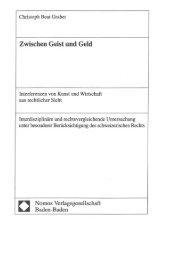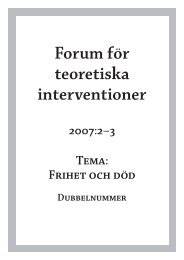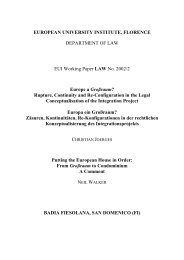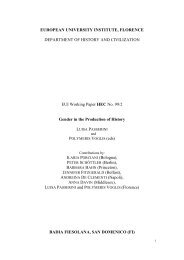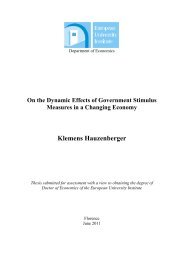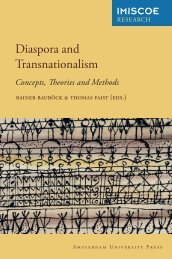Sinziana-Elena Poiana Ioana Lupea Irina-Madalina Doroftei Alina ...
Sinziana-Elena Poiana Ioana Lupea Irina-Madalina Doroftei Alina ...
Sinziana-Elena Poiana Ioana Lupea Irina-Madalina Doroftei Alina ...
You also want an ePaper? Increase the reach of your titles
YUMPU automatically turns print PDFs into web optimized ePapers that Google loves.
The Csibi Barna event represented the cognitive detonator for the debate concerning Romania’s<br />
administrative–territorial reorganization in relation to the autonomy of the Szekler Land.<br />
DAHR and other Hungarian organizations threatened to organize street protests and civic disobedience<br />
because they considered that the proposal of the ruling party would force "the dissolution of the<br />
Hungarian community ". Certain political Hungarian representatives reminded the revolts after the<br />
Hungarian Autonomous Region was dissolved during the Communist period. The government of<br />
Hungary supported the Hungarian politicians from Transylvania, through the vice-prime minister Zsolt<br />
Semjen, who declared that the administrative reorganization would pose a threat to the Hungarians in<br />
Transylvania and the Szekler Land, whose reality must be respected. He said that the project<br />
resembles the policy implemented in Transylvania by the former dictator Ceausescu.<br />
The main ruling party accused DHAR that it opposes the state modernization, and a leader from<br />
Covasna, form the governing party, showed that an inter-ethnic conflict could be generated: "If a<br />
future Kosovo is wanted, then, it should be clearly stated from the very beginning that this is the goal<br />
and we all know what we have to do: either we all take our weapons or we all leave to more peaceful<br />
other areas of the country or of the world". According to a survey conducted by a national television<br />
using the CATI method, 72% of the Romanians declared that they do not want the current delimitation<br />
of the counties to be changed, and 69% declared to be against DHAR’s proposal to create the Szekler<br />
Land region.<br />
Concluding remarks and recommendations<br />
Csibi Barna’s action to hang the effigy of the Romanian revolutionary Avram Iancu exposed the<br />
extraordinary intolerance at the level of political elites of the Romanian present state, the identity<br />
fears, self-victimization and mutual blame of Romanians and Hungarians. The case of Csibi Barna<br />
proves the paradoxical situation of Romania, where a strong legislative and institutional framework<br />
against discrimination exist, but do not have a substantial effect because of the intolerance of the<br />
others’ view on history, used to justify present-day political designs. As Mungiu-Pippidi stated (1999)<br />
the two groups have separate and opposite views of entitlement grounded in different interpretations of<br />
history. Despite the strong centralization of the Romanian school curricula, the two groups are<br />
socialized into two antagonistic versions of history. Amplified by the political entrepreneurs, this leads<br />
to an environment of intolerance and distrust present on every occasion.<br />
The Csibi Barna case-study, with its many implications and developments is a tolerance boundary<br />
conflict between the majority and the minority. It has to do with the minority condition and the ethnic<br />
loyalty, as well as to a historical ethno-nationalist ideology which puts emphasis on the superiority of<br />
ethnic identity. Salat considers that Hungarians failed to self-revise their status within the Romanian<br />
State, to find the alternative forms of "self-assertion" that would have been more appropriate to the<br />
minority's current situation. The self-pity for the loss of majority status after the separation of<br />
Transylvania from Hungary due to the 1920 Treaty of Trianon, the self victimization as a people who<br />
suffered throughout history, "the attempts of institutionalized "separateness" within the state" (Salat,<br />
2006), the misuse of the dominant position in regions where Hungarians are in majority by excluding<br />
Romanians from the decision-making process at the local level, these are all evidence supporting the<br />
argument. The Hungarian political elite, supported by Budapest, makes use of ethno-symbolism and<br />
keeps alive the traumatic memory of Trianon, the cancellation of the Hungarian Autonomous Region,<br />
and the fear of assimilation. The rhetorical exercises of certain Hungarian politicians, from within and<br />
outside Romania, multiplied by the Hungarian media, contribute to the consolidation of ethnic<br />
identity, as means of protection against a potentially aggressor state, to the detriment of the civic<br />
identity. Although the Romanian state and the majority had a bigger responsibility, the minority<br />
nationalism, whose extremist exponent is Csibi Barna as well, contributes to the creation of a vicious<br />
circle in terms of identity fears and mutual incriminations. The young Hungarian Csibi Barna, as well<br />
as the young Romanians who profaned the statue of Gabor Aron, did not come from out of nowhere,<br />
70



